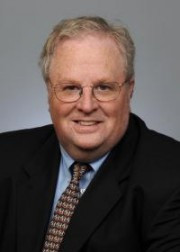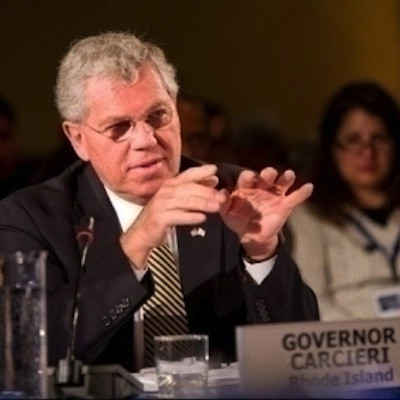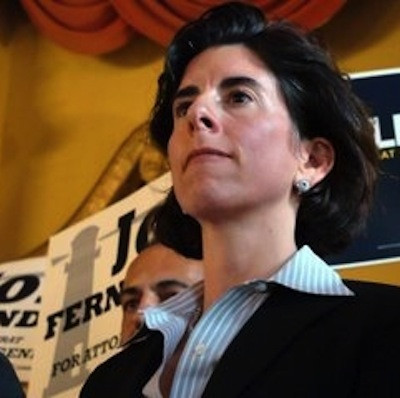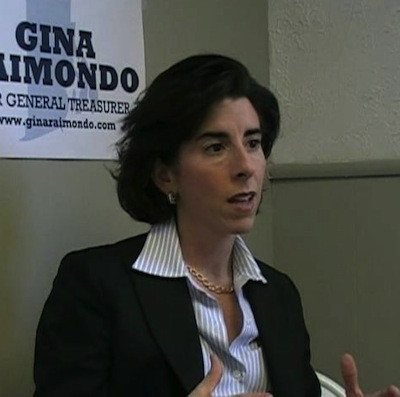Riley: Why Aren’t Rhode Island Pension Plans Working?
Tuesday, February 10, 2015
The complexities of the Rhode Island State Pension plan and as a result unnecessary expenses are rather large. The State Pension plan contains more than $8 billion in assets. One reason for the complexity is the Rhode Island Investment Board and Treasurer believes they can construct a model for the State Pension Fund that will outperform a portfolio allocated with 60% Equity, 35% Fixed Income and 5% Cash. This portfolio could consist of as few as 4 managers and 5 investments. Instead, the state pays fees to over 65 money managers overseeing 115 separate investments. In addition, the state pays millions to consultants and advisers to make these recommendations.
Why do they do this?
The reasoning behind both the CIO Ms. Fink and Treasurer Magaziner lies in a strict belief in modern portfolio theory and the capital asset pricing model. As a result of this belief ,the bet we are all making is the State Investment Board can allocate investments in such a way to produce returns above the 7.5% discount rate that they themselves chose. Unfortunately, the State has underperformed the conventional 60/40 model (prudent allocation) represented by the Vanguard Balanced Index in the chart below. The chart shows that from 2000-2014 Vanguard balanced fund earned 5.41% annually, which was significantly below the State of Rhode Island assumed rate of return of 7.5%. This strongly suggests that the State’s pension discount rate should go significantly lower than 7.5%, perhaps as low as of below 6% as suggested by both Moodys and Warren Buffet.
GET THE LATEST BREAKING NEWS HERE -- SIGN UP FOR GOLOCAL FREE DAILY EBLASTIf the State were to lower the discount rate as indicated it would add billions to recognized unfunded liabilities and cost the state and cities tens of millions more annually in higher ARC’s. The State should explain why we underperform a simple 4 or 5 investment model without improving the risk profile. They should explain the costs of as much as $50 million in annual expenses for consultants and money managers. Surely we can underperform without all those managers and consultants. A look at the Chart below shows the State cannot achieve 7.5% over a long period of time and accept all the expenses associated with managing a huge complex portfolio.
What about Providence Pension Fund?
I suspect Providence has the same issues, if not worse. Wainwright Counsel LLC is Providence Investment Adviser and has on several occasions proclaimed to be outperforming the State return on assets. This occurred several times as Taveras claimed expertise in the pension fund. In reality, it has been very difficult if not impossible to get annualized figures from either the City of Providence or Wainwright. Wainwright Counsel LLC has been the investment advisor since Buddy Cianci hired them in 1995. Apparently the City or the Invest board does not put out an “RFP” for the investment advisor to the pension plan. It remains a mystery exactly who or how the investment adviser is hired or whether it is a competitive process. The murky nature of the investment adviser process has now existed for 20 years. You would think the Projo or Nesi would have asked this obvious question. So much for the 4th estate I guess. It would indeed be a pleasant surprise if Elorza decided to be more transparent about the process and facts and figures.
Why is the data missing in Chart for Providence?
Hopefully someone in the Elorza Administration will treat the pension plan and the retirees with respect by clarifying the question we have raised here. What were the audited returns for Providence Pension asset portfolio and were the $58 million dollars borrowed from the pension fund included? Does any other city in America borrow from its pension fund annually? If so why not? Why is Providence continuing the accounting policy even though the Auditor Segal warned they should not last year? Who hires the investment adviser, describe the process?
Once Wainright or Providence returns the data needed for the Chart we can then suggest changes. Clearly the apparatus that exists for managing State and City employee retirement plans is a mess that does not exist in any other State in America. It should be the goal of the City and State to not waste retirees and Taxpayer assets. The People in charge are Jorge Elorza and Seth Magazine and the citizenry deserves explanation.
Michael G. Riley is vice chair at Rhode Island Center for Freedom and Prosperity, and is managing member and founder of Coastal Management Group, LLC. Riley has 35 years of experience in the financial industry, having managed divisions of PaineWebber, LETCO, and TD Securities (TD Bank). He has been quoted in Barron’s, Wall Street Transcript, NY Post, and various other print media and also appeared on NBC news, Yahoo TV, and CNBC.
Related Slideshow: Timeline - Rhode Island Pension Reform
GoLocalProv breaks down the sequence of events that have played out during Rhode Island's State Employee Pension Fund reform.
Related Articles
- Michael Riley: The Reality of Providence Pension Liability
- Michael Riley: Integrity? Whatever…
- Michael Riley: Alerting Treasurers, Governors: Providence Pension Fund Collapsing
- Michael Riley: Projo, Elorza and Cianci are all Blind to Reality
- Riley: Providence Journal and Seth Magaziner Perfect Together
- Michael Riley: Pension Obligation Bonds? Oh My!!
- Michael Riley: Can Taveras Clean Up His Act for the New Mayor?
- Riley: Taveras, Mancini & Wainwright Investment Counsel, LLC
- Riley: Mancini, Wainwright and Taveras Part 2
- Michael Riley: The RI Treasurer Democratic Primary Race Gets Uglier
- Michael Riley: Rhode Island Treasurer is About Integrity and Experience
- Riley: Providences Wainwright Caught in Renaissance Hedge Fund Lie
- Riley: Post Election, Lots of Work to Be Done in Providence
- Riley: Providence Misleads Investors, Risks SEC Scrutiny
- Riley: Pension Returns Lag
- Riley: Providence Needs Full Economic Review
- Riley: RI Pension Study Commission Boondoggle
- Riley: Japonica, A Mystery to Rhode Islanders
- Riley: The Strategy of RI Politics
- Michael Riley: Trust Chafee? I Don’t Think So
- Riley: The Plans of RhodeMap RI May Scare People
- Riley: RhodeMap RI is Deeply Flawed
- Michael Riley: A Personal Plea
- Michael Riley: Rhode Island Leaders Only Need to Focus on Two Things
- Riley: Mr. Magaziner, No More Spin - Just the Facts









































